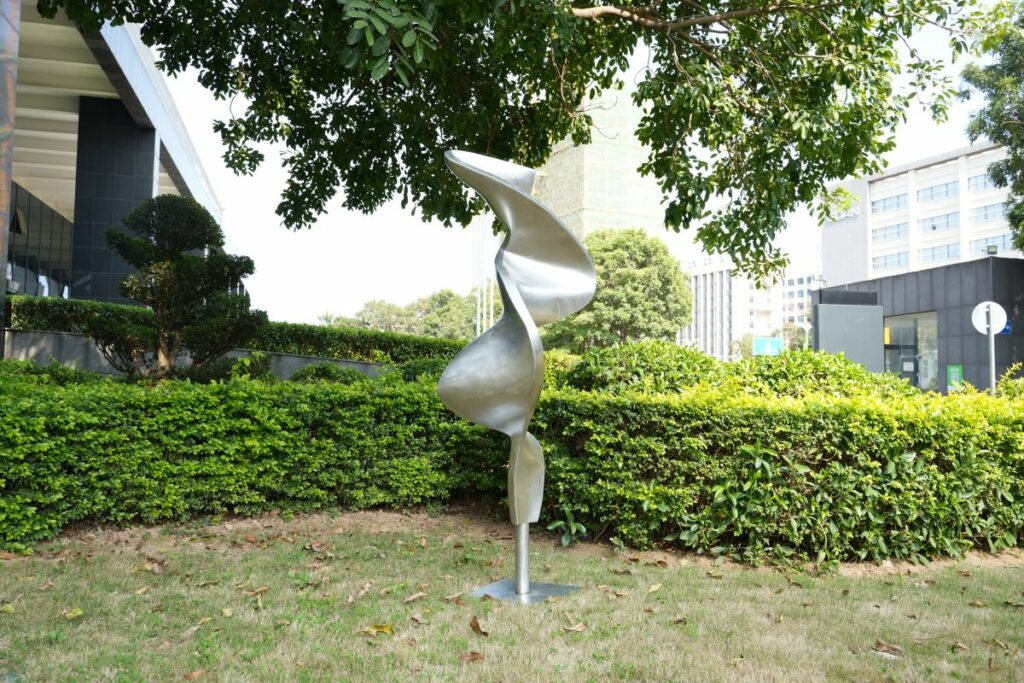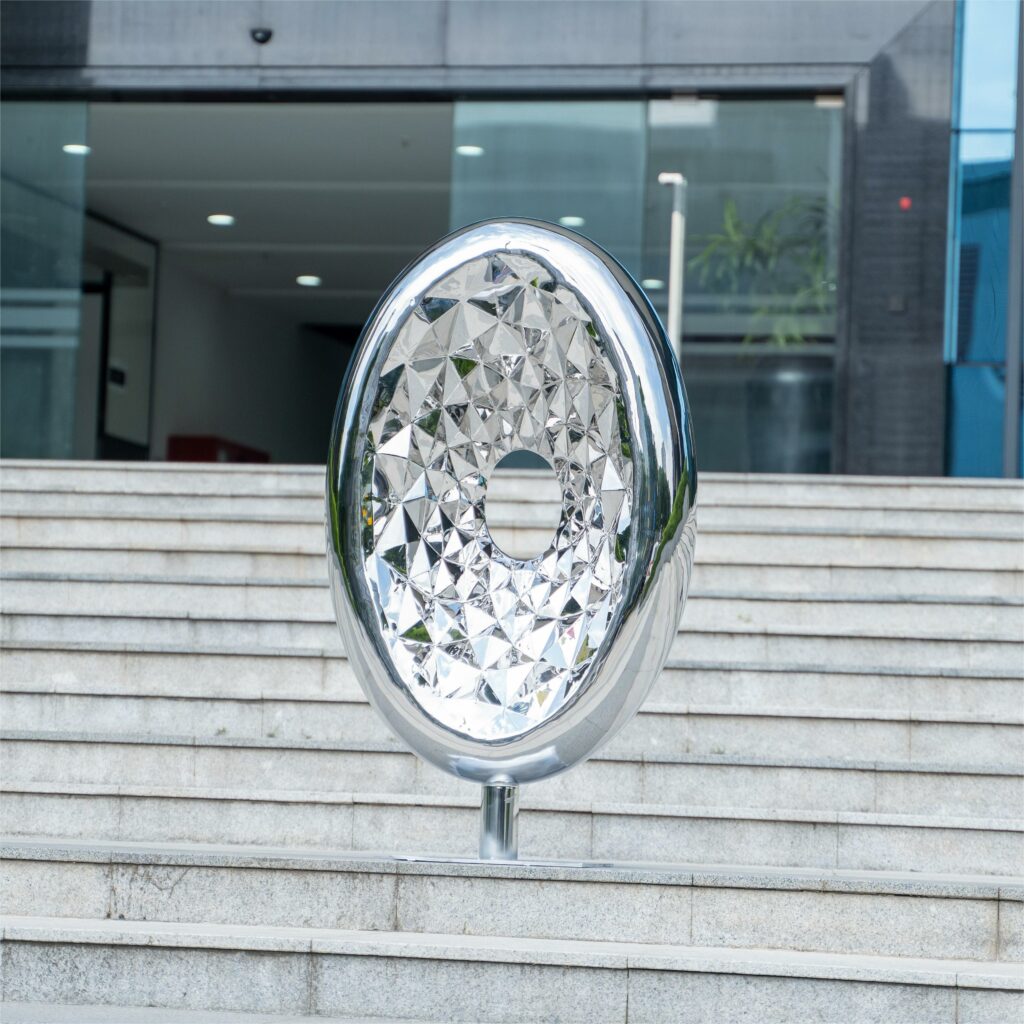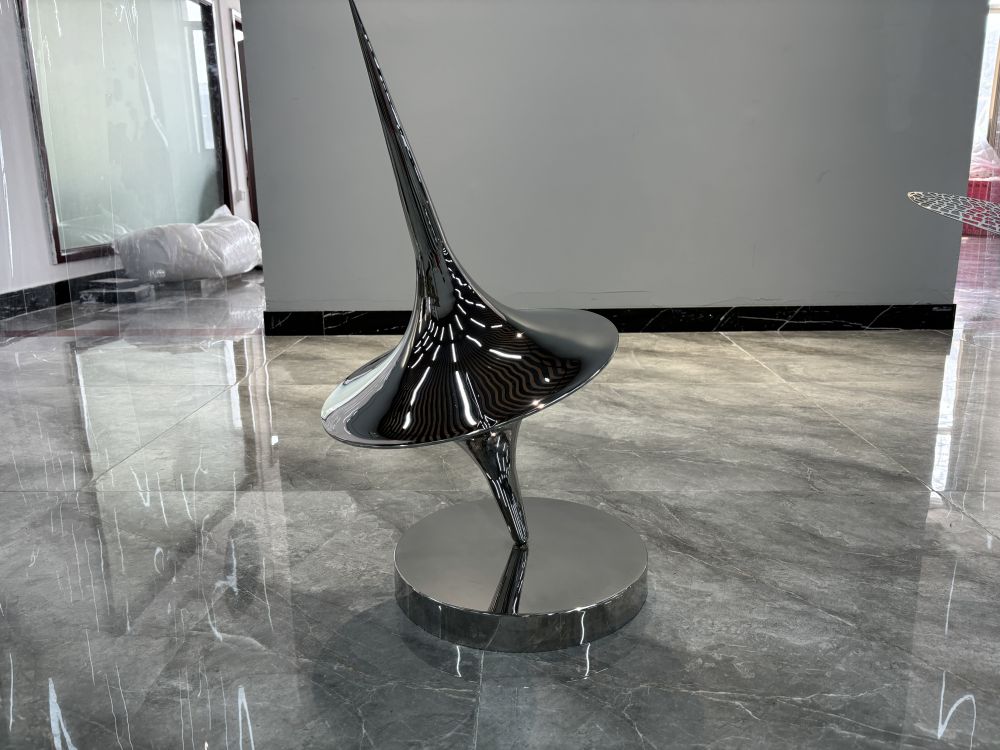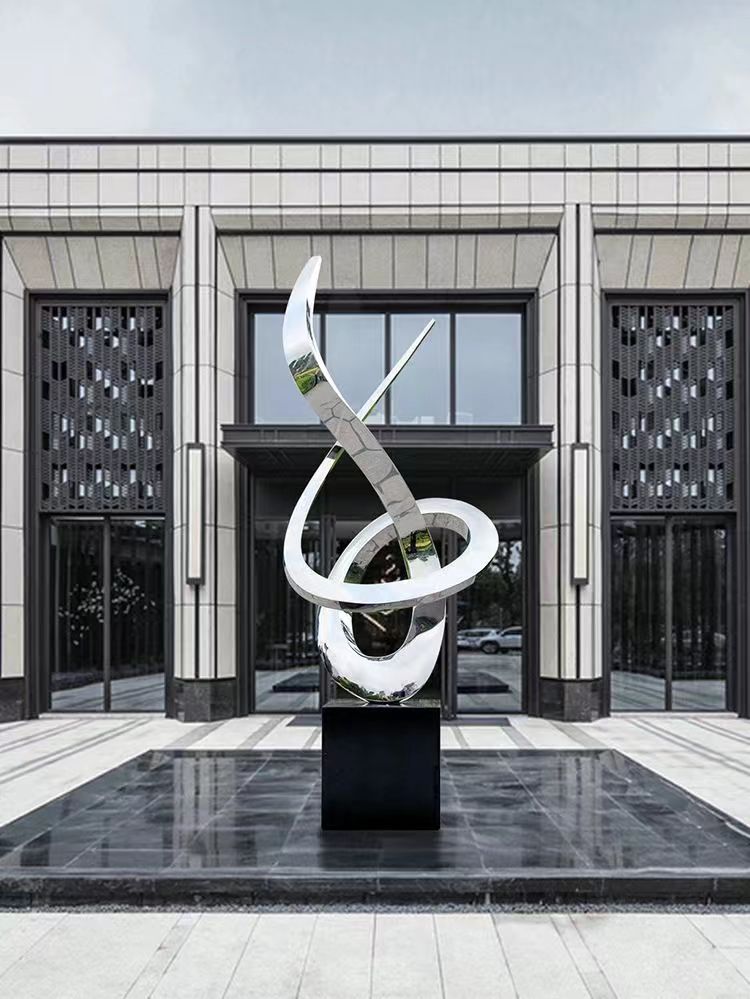Sculpture Design in the Middle East in 2024
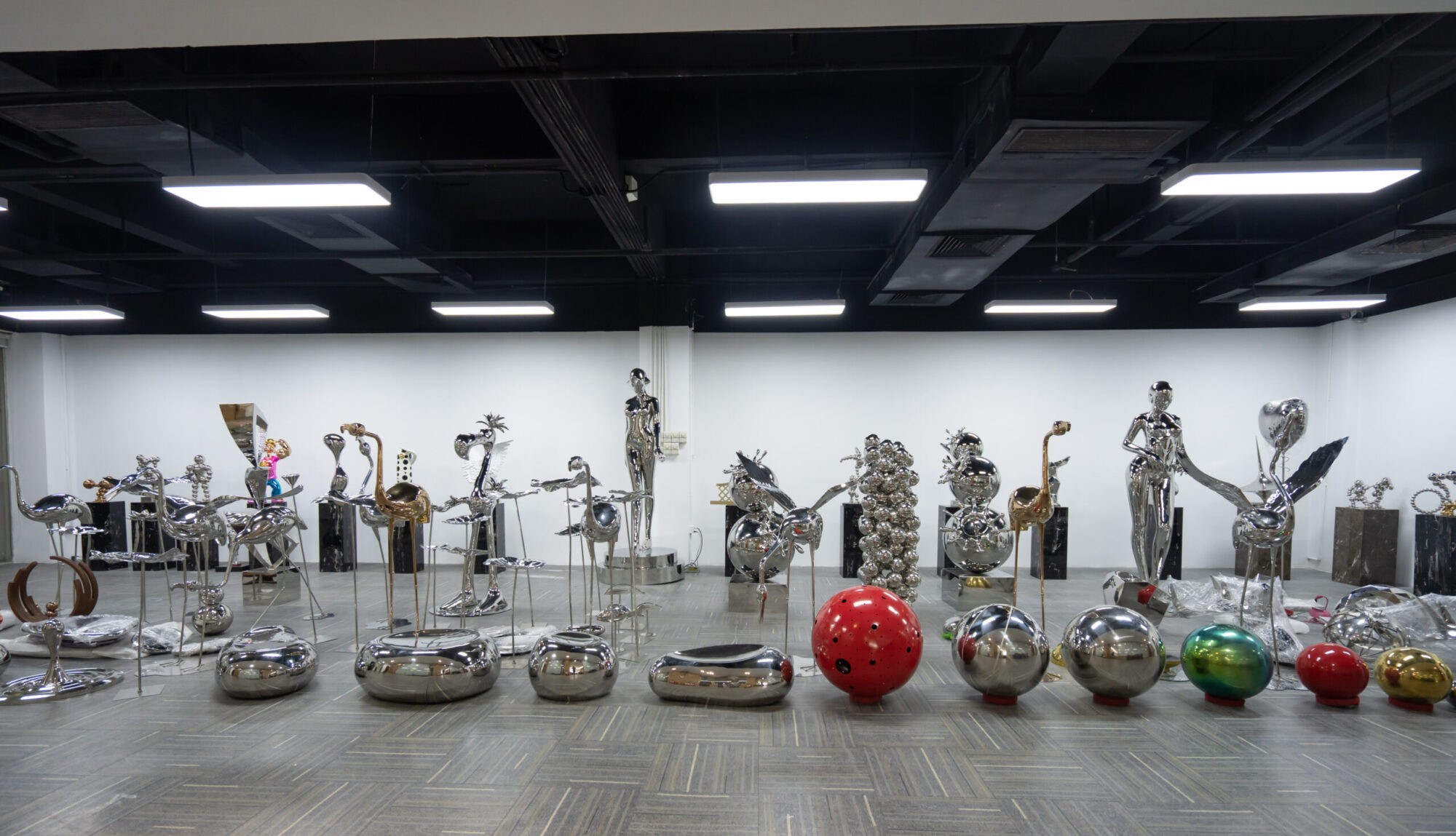
In 2024, sculpture design in the Middle East demonstrates a unique and innovative style that blends traditional and modern artistic elements. These works not only inherit the essence of ancient civilizations, but also achieve new heights of art through modern techniques and materials.
To begin with, many of the sculptures employ traditional Arabic geometric patterns and calligraphy, combining these classic elements with contemporary art forms to create a refreshing visual effect. For example, at public art exhibitions in Dubai and Doha, many large-scale sculptures with complex geometric structures and flowing lines attracted large numbers of viewers.
Secondly, ecology and environmental protection have become important themes in Middle Eastern sculpture design. Artists use renewable materials and environmentally friendly technologies to create a series of sustainable artworks. These sculptures are not only aesthetically pleasing, but also reflect the importance people place on environmental protection. For example, sculptures made with recycled metal and glass can be found in public spaces in Abu Dhabi and Riyadh.
Finally, the integration of interactivity and digital technology has brought Middle Eastern sculptures to life. For example, the use of augmented reality (AR) technology allows viewers to interact with the sculptures through their cell phones or tablet devices for a rich multimedia experience. This novel art form is particularly popular among young people and has become a highlight of the Middle East art scene.
Overall, sculpture design in the Middle East in 2024 shows a trend of diversity and innovation, not only preserving cultural traditions, but also presenting a unique artistic appeal through modern technology and environmental concepts.

